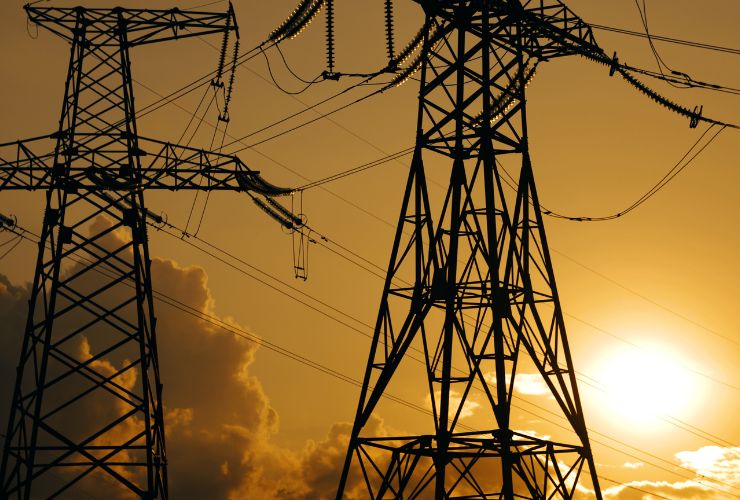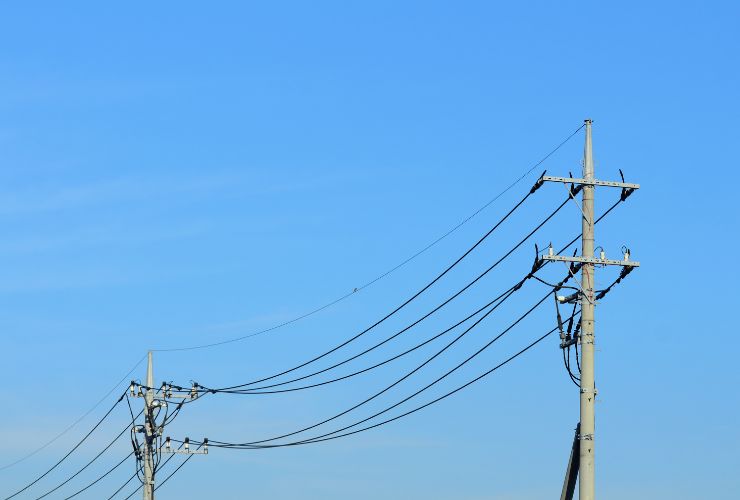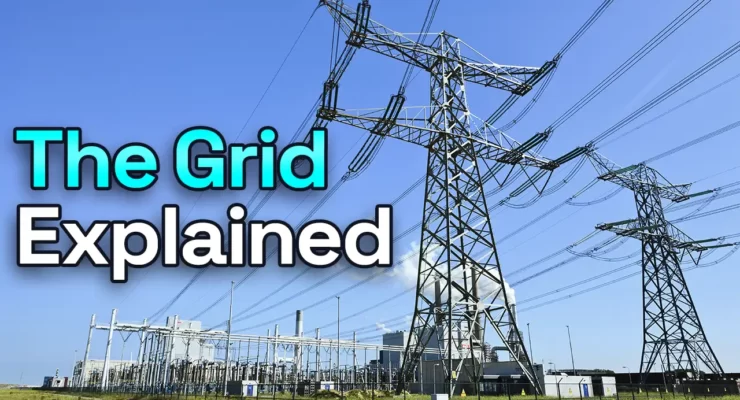Fast read
The grid connection process for solar systems may vary by state and the local Distribution Network Service Provider (DNSP). You usually have to ask the DNSP for permission before installing a solar system and connecting it to the grid.
This is a standard procedure for most solar installations. The DNSP needs to approve the connection to ensure safety and compliance with regulations. Make sure to submit your application to the DNSP before starting the installation process.
After that, the electricity meter in the meter box is replaced. The new meter can measure both solar electricity and purchased electricity.
Various paperwork and completion certificates are typically required from the solar installers to ensure compliance with standards and regulations. Factors affecting grid connection include the type of electricity grid, regulatory environment, and availability of net metering policies.
How do solar power and the grid connection work?
The grid connection process does vary a little across the country by state. More specifically, it varies by the local network provider, known as Distribution Network Service Providers (DNSPs). The DNSP is the organisation that owns and maintains the electricity network, poles, wires and infrastructure to transport and control electricity to and from people’s homes.
This usually involves an application process with the DNSP for permission to install the solar system on a property and be able to connect it to the electricity grid. Next, the process involves changing the electricity meter in the box to a solar-compatible meter.
What can affect the grid connection?
Here are some of the factors that can affect the grid connection process for solar systems in different regions:
- The type of electricity grid. Some regions have older, less stable grids that may require more stringent safety requirements for solar power systems.
- The regulatory environment. Some regions have more favourable regulations for solar power, which can make the grid connection process easier.
- The availability of net metering. Net metering is a policy that allows solar system owners to sell excess electricity back to the grid. This can help to offset the cost of grid connection.

Solar Power and The Grid in ACT
ACT’s main DNSP is EVOENERGY. The steps below also apply to Essential Energy Network.
- Before signing a contract, check if building development approval is required.
- Lodge a special connection form and get approval from EvoEnergy for installation.
- Application for an electricity meter changeover.
- Installation of the solar PV system.
- Installation of the electricity meter.
- System commissioning and handover to you.
- Certificate of Electrical Safety form (CES) – The solar installer must complete and lodge this with Access Canberra within 14 days of installation.
Solar Power and The Grid in NSW
- Connection to a network application. The solar installer must lodge this and have approval from the network before installation.
- Installation. The solar installer can now book and install the system.
- Certificate of compliance – The installer lodges a Certificate of Compliance of Electrical Works (CCEW) for completion.
- Arrange meter changeover – You will need the CCEW and a copy of the approval letter for the installation of the solar from the DNSP.
Solar Power and The Grid in NT
For solar systems 30kW or under.
- Network connection agreement – The installer must submit an embedded generation notice, line diagrams of the design, and payment for the solar meter rewrite to Power and Water.
- Power purchase agreement (PPA) – The application needs to be made to the energy retailer for approval.
- Solar installation process and inspection.
- Electricity meter changeover – If the installer needs a new meter, they must book with Power and Water, turn off the power from the street, and install it.
QLD
- Lodge Network Connection Application. The process is simple in Energex areas and can be approved in an hour for up to 5kW. Over 5kW can take weeks for approval. Ergon customers may need to have a technical assessment as part of the approval process, which can occupy up to 5 weeks for approval.
- Completion of works forms needs to be submitted by the installer to the DNSP.
- DNSPs send completion of works forms to your energy retailer. The retailer raises a request for meter installation.
- “You should carry out the meter installation within a couple of weeks, but it might sometimes take a month or more. You cannot turn on the system until you replace the meter.
Solar Power and The Grid in SA
- Network Approval. The solar installer submits a small embedded power generator request to SA Power Networks.
- Meter changeover request – Installer sends approval number for SEG to energy retailer to arrange meter changeover.
- Meter installation arranged – Energy retailers will organise for their contractors to change the meter, which can take 4 to 6 weeks.
- System installation – This can occur before or after the meter has been changed.

VIC
- Network application – Application to the DNSP needs to be completed and approved.
- System installation – The solar system is installed.
- Certificate of Electrical Safety. The installer needs to lodge CES to Energy Safe Victoria and arrange for an inspection of the system within ten days of installation.
- Retailer Application. The installer needs to apply to the retailer when they receive the CES after the system inspection.
WA
The process varies a little Between Western Power and Horizon Networks.
Western Power Region
- Electrical retailer application – You must apply to your electricity retailer and supply the retailer reference number.
- Technical approval from Western Power. You must submit an embedded generation application to Western Power, including the retailer reference number. Western Power then provides technical approval for the installation.
- System installation – The installer can install the system and must lodge a preliminary notice to Western Power within three days of the installation date.
- Meter installation/reprogrammed. Synergy will arrange for reprogramming or replacement of the meter with Western Power.
- Once the installer installs the meter, they can connect the system to the grid, and then the Installer must submit a notice of completion of works to Western Power within three days.
- Notification to an electricity retailer – Once Western Power receives forms from the installer, Synergy is notified to make changes to your account for solar.
- Check with Horizon on what feed-in tariff you will get and any changes to consumption tariffs
- Connection approval form – You or the installer must complete and gain approval before the installation occurs.
- System installation – The installer must submit a preliminary notice three days before installation and completion of works three days after installation.
- Meter installation – Horizon Power completes this after receiving the completion of the work notice.



